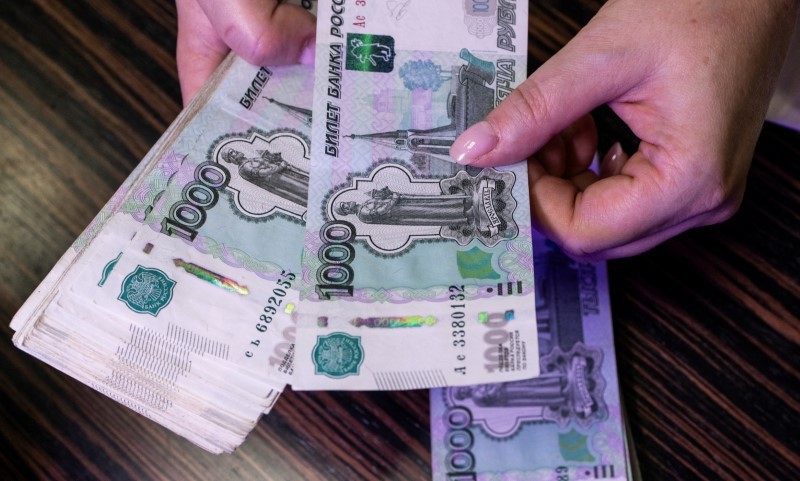In the chaotic whirl of global finance, where every headline sends ripples through the markets, the Russian rouble has once again found itself on a volatile seesaw. This time, the rollercoaster ride was sparked by an unexpected attack in Russia’s Kursk region—a move that sent shockwaves far beyond the battlefield.
On Tuesday, the rouble nosedived to its lowest point in ten months, brushing dangerously close to 97 against the dollar, a level not seen since October 20, 2023. This dramatic plunge followed a week of escalating tensions, with the currency losing a staggering 6.2% of its value since the attack on August 6. By the time the dust settled, and the clock struck 1500 GMT, the rouble had clawed its way back to 90.99, a curious plateau where it seemed to catch its breath—at least for a moment.
But the story doesn’t end there. Trading in major currencies has increasingly shifted to the murky waters of the over-the-counter (OTC) market, where the lack of transparency only adds to the rouble’s mystique. Western sanctions, slamming the Moscow Exchange and its clearing agent, the National Clearing Centre, have pushed this once-visible market into the shadows since June 12. The one-day rouble-dollar futures, the lifeline that offers some semblance of clarity in this opaque world, dipped by 0.4% on Tuesday, landing at 89.60. This was after suffering a brutal 2.5% loss the previous day—a staggering reflection of the market’s unease.
And what of the central bank? It set the official exchange rate at 92.65 roubles to the dollar for Wednesday, marking a sharp 3% rise from the previous day. But this seemingly authoritative figure is drawn from the very OTC market that has become so difficult to decipher. The rouble’s decline persists despite the lifelines of higher oil prices and the central bank’s aggressive sales of yuan, the latter of which has become Moscow’s most-traded foreign currency.
The rouble’s struggle isn’t confined to the dollar alone. By 1500 GMT, it had weakened by 1.3% against the Chinese yuan, hitting 12.07—its lowest since June 24. For a brief, gut-wrenching moment, it even touched 12.11. Against the euro, the rouble showed a slight improvement, down just 0.2% at 99.70. But even here, the central bank’s official rate paints a different picture, standing at 96.69 roubles to the euro—a number that seems almost detached from the chaos on the ground.
And then there’s oil, the lifeblood of the Russian economy. Brent crude, the global benchmark that often serves as a barometer for Russia’s fortunes, dipped 1.0% to $81.24 a barrel. This drop comes as markets breathed a tentative sigh of relief, seeing a reduced risk of an expanded conflict in the Middle East. But for the rouble, even this small mercy seemed insufficient to halt its downward spiral.
In a world where every market movement is a puzzle, the rouble’s recent behavior is a particularly perplexing piece. Its future remains uncertain, caught in the crossfire of geopolitics, market forces, and the shadowy depths of the OTC market. The only certainty is that the ride isn’t over yet.

